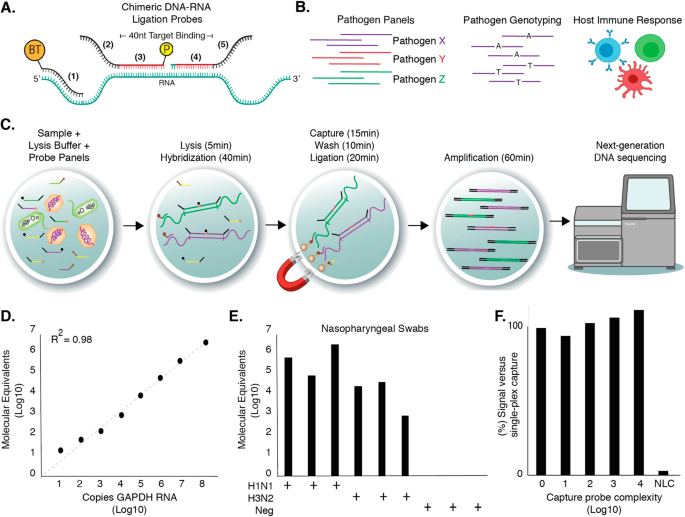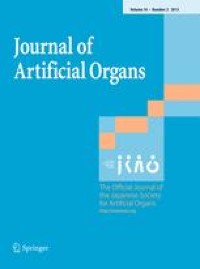by Caroline Even, Luis Sagaon Teyssier, Yoann Pointreau, Stéphane Temam, Florence Huguet, Lionnel Geoffrois, Michaël Schwarzinger, on behalf of the EPICORL Study Group
Objective
To date, no study has evaluated the detection rate of head and neck squamous cell carcinoma (HNSCC) in cause-of-death records in Europe. Our objectives were to compare the number of deaths attributable to HNSCC from two national databases in France and to identify factors associated with under-reporting of HNSCC in cause-of-death records.
Methods
The national hospital discharge database and the national underlying cause-of-death records were compared for all HNSCC-attributable deaths in adult patients from 2008 to 2012 in France. Factors associated with under-reporting of HNSCC in cause-of-death records were assessed using multivariate Poisson regression.
Results
A total of 41,503 in-hospital deaths were attributable to HNSCC as compared to 25,647 deaths reported in national UCoD records (a detection rate of 62%). Demographics at death were similar in both databases with respect to gender (83% men), age (54% premature deaths at 25–64 years), and geographi c distribution. In multivariate Poisson regression, under-reporting of HNSCC in cause-of-death records significantly increased in 2012 compared to 2010 (+7%) and was independently associated with a primary HNSCC site other than the larynx, a former primary or second synchronous cancer other than HNSCC, distant metastasis, palliative care, and death in hospitals other than comprehensive cancer care centers. The main study results were robust in a sensitivity analysis which also took into account deaths outside hospital (overall, 51,129 HNSCC-attributable deaths; a detection rate of 50%). For the year 2012, the age-standardized mortality rate for HNSCC derived from underlying cause-of-death records was less than half that derived from hospital discharge summaries (14.7 compared to 34.1 per 100,000 for men and 2.7 compared to 6.2 per 100,000 for women).
Conclusion
HNSCC is largely under-reported in cause-of-death records. This study documents the value of national hospital disch arge databases as a complement to death certificates for ascertaining cancer deaths.




